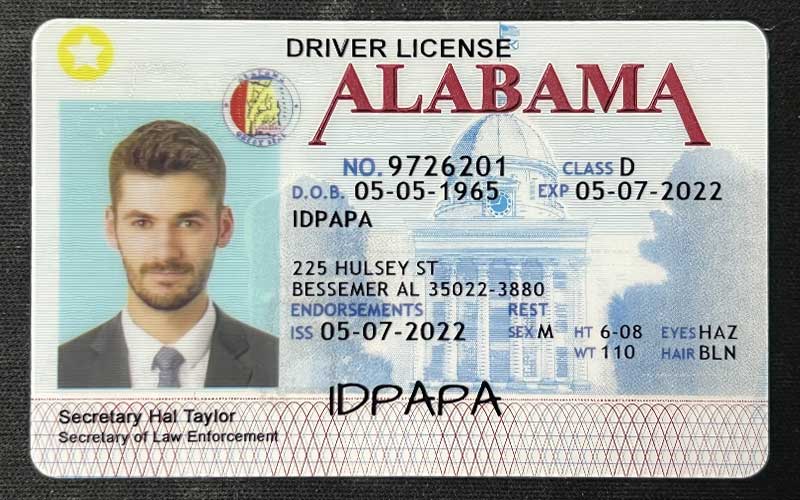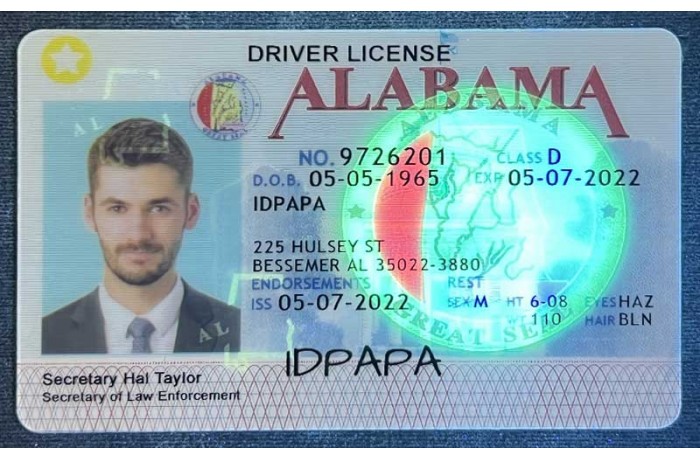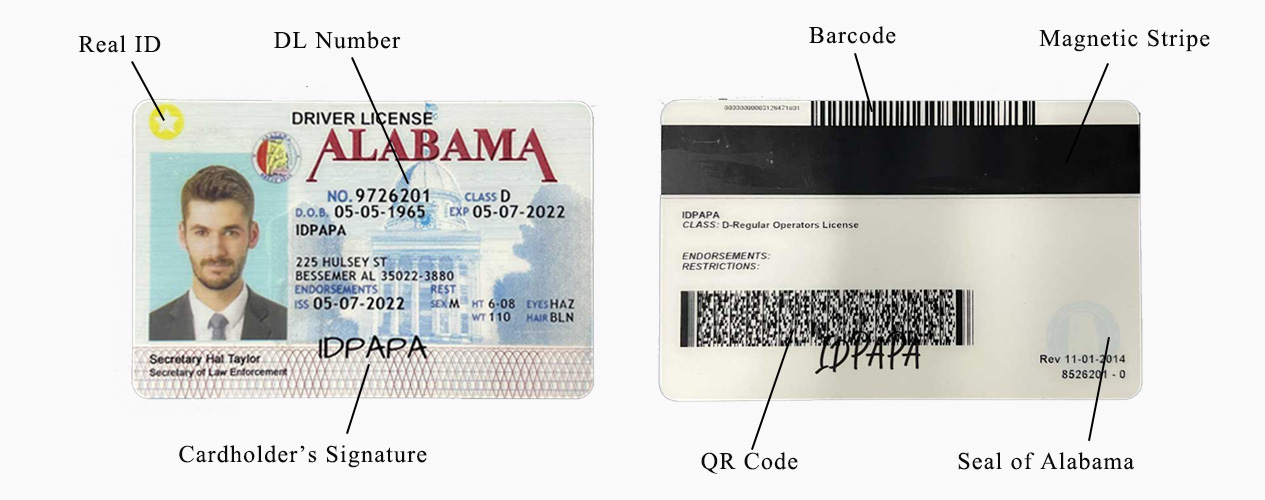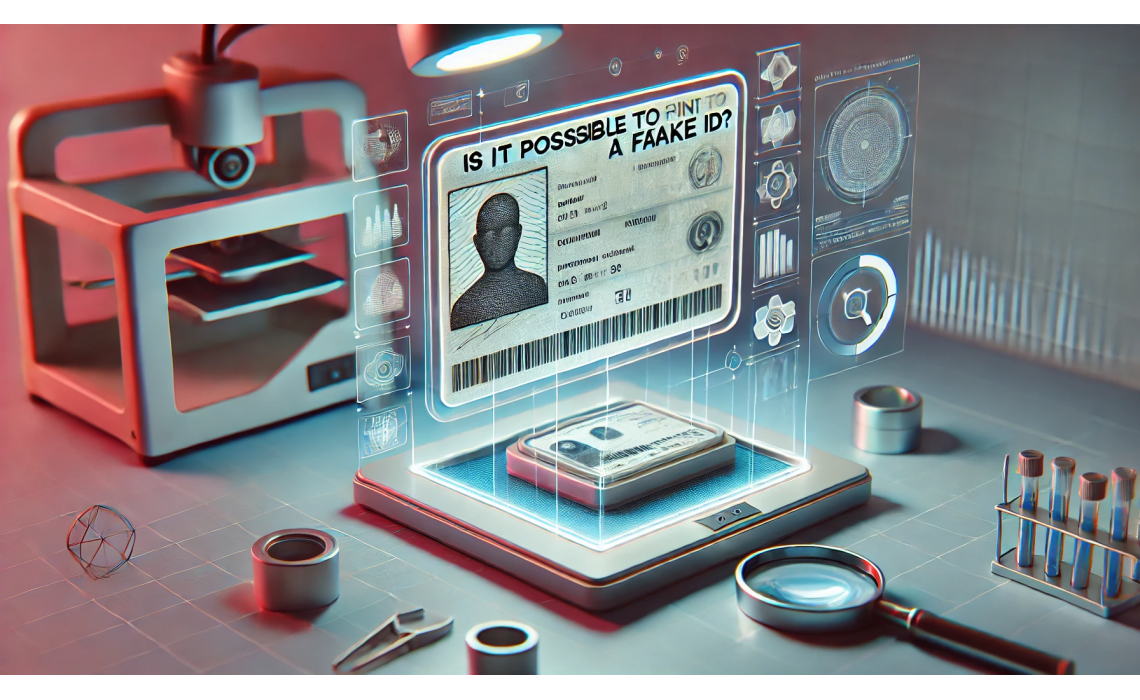Is It Possible to 3D Print a Fake ID?
Is It Possible to 3D Print a Fake ID?

Introduction
With advancements in technology, particularly 3D printing, the possibility of creating counterfeit identification cards has become a fascinating topic. The idea of bypassing traditional ID manufacturing processes and printing a high-quality fake ID at home intrigues many, from university students seeking access to nightlife to tech enthusiasts testing the limits of 3D printing technology.
While governments and security agencies continue to enhance ID security features, some individuals explore new ways to create IDs that look and function like official documents. This article examines whether 3D printing a fake ID is possible, the technology involved, and why investing in a high-quality fake ID from a trusted provider remains the most effective solution.
What Makes a Fake ID Work?

A high-quality fake ID isn't just about looking realistic; it must pass visual inspections, scanning systems, and manual authentication checks. To achieve this, a fake ID must have:
✅ High-Resolution Printing – Crisp details matching real government-issued IDs.
✅ Holograms & UV Prints – Security elements that enhance authenticity.
✅ Scannable Barcodes & Magnetic Stripes – Ensuring the ID works when scanned or swiped.
✅ Embossed Text & Microprinting – Small details that mimic real IDs.
✅ Durable PVC Material – The correct weight, thickness, and texture.
Can You 3D Print a Fake ID?
To determine whether a 3D-printed fake ID can work, we need to break down ID production into three key components: the physical structure, security features, and embedded data.
1. Printing the Physical Structure
3D printing allows for high-precision fabrication, making it possible to print ID-like objects. However, the challenges include:
●Material Differences – Most government-issued IDs use polycarbonate or PVC, whereas standard 3D printers use PLA, ABS, or resin, which don’t match the required flexibility and durability.
●Surface Texture – Government-issued IDs have smooth, polished surfaces that 3D-printed objects often lack without extensive post-processing.
●Layer Visibility – Even high-resolution 3D printers leave layer marks, making the ID appear fake upon close inspection.
2. Adding Security Features
Most real IDs include advanced security features that are difficult to replicate with 3D printing alone:
✅ Holograms & UV Inks – These require special printing techniques, such as holographic overlays and UV-reactive ink, which 3D printing cannot reproduce effectively.
✅ Microprinting & Raised Text – Some 3D printers can create raised text, but microprinting (tiny letters visible under magnification) is challenging to achieve accurately.
✅ Transparent Ghost Images – Many official IDs have secondary ghost images or transparency features, which cannot be replicated through conventional 3D printing.
Without these elements, a 3D-printed ID would fail a basic security check.
3. Encoding Barcodes & Magnetic Stripes
Beyond its physical appearance, a functional fake ID must pass digital scans, requiring properly encoded barcodes and magnetic stripes.
●Barcodes (PDF417 Format) – The standard used in driver’s licenses, these contain encoded personal details. While a high-quality printed barcode can appear real, poor encoding or incorrect formatting leads to instant rejection.
●Magnetic Stripe Encoding – Some IDs store data in a magnetic stripe that is swiped for verification. Achieving this requires special encoding equipment not available through 3D printing.
●NFC & Smart Chips – Newer IDs incorporate contactless chips that hold encrypted information, which cannot be replicated by a 3D printer.
Why 3D Printing Alone Isn’t Enough
While 3D printing can create the shape and appearance of an ID, it fails in replicating critical security features needed for passing real-world verification.
Challenges of 3D-Printed Fake IDs:

❌ Material Differences – Standard 3D printing materials don’t match real ID materials.
❌ Lack of Security Features – Holograms, UV printing, and microtext cannot be printed effectively.
❌ Scanning Failures – Without proper encoding, a fake ID won’t pass digital scans.
❌ Post-Processing Complexity – Achieving a high-quality ID requires additional steps beyond printing, such as lamination, barcode programming, and security overlays.
Alternatives to 3D Printing a Fake ID
Instead of attempting to 3D print a fake ID, many individuals turn to professional ID manufacturers that specialize in high-quality scannable fake IDs. These providers use:
✅ High-Resolution PVC Printing – Mimicking real ID textures and durability.
✅ Holographic Overlays & UV Features – Essential for passing manual checks.
✅ Correct Barcode & Magnetic Stripe Encoding – Ensuring IDs work with scanners.
✅ Secure Payment & Delivery – Eliminating risks associated with unreliable sources.
Why People Seek Fake IDs
Many individuals look for realistic fake IDs not just to break laws but for convenience, privacy, and access. Here’s why some people seek fake IDs:
✅ University Nightlife & Bars – Many students want to experience nightlife before reaching legal drinking age.
✅ Access to Restricted Events & Concerts – Some music festivals and VIP events enforce age restrictions.
✅ E-Commerce & Age Verification – Some online stores require ID validation for specific products.
✅ Personal Freedom & Privacy – Some individuals use alternative IDs for anonymity online.
For those seeking seamless access without detection, choosing a reputable provider ensures they get an authentic-looking scannable fake ID without compromising quality.
The Future of 3D Printing & Fake IDs
While 3D printing technology continues to evolve, it still lacks the ability to create highly functional, scannable fake IDs that meet today’s verification standards. However, combining 3D printing with traditional ID-making techniques may open new possibilities in the future.
Conclusion
So, is it possible to 3D print a fake ID? The answer is partially yes—you can create the shape and appearance of an ID, but you cannot replicate the scanning features, security details, and material quality needed to make it work in real-world scenarios.
For those looking for a functional scannable fake ID, the best option remains investing in a high-quality provider that ensures holograms, barcodes, and magnetic stripes are properly encoded.
While 3D printing may one day advance to fully counterfeit IDs, for now, the technology falls short in producing realistic, fully scannable IDs. Instead of struggling with low-quality replicas, choosing trusted fake ID services remains the smartest move for those seeking discreet access to age-restricted venues, events, and online purchases.


